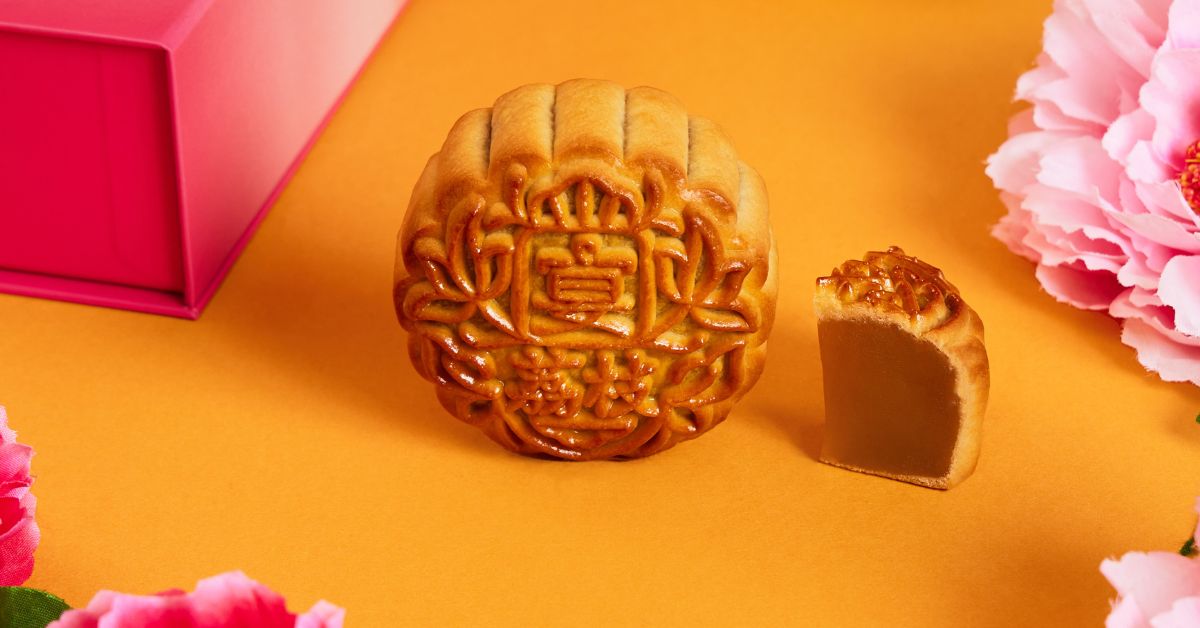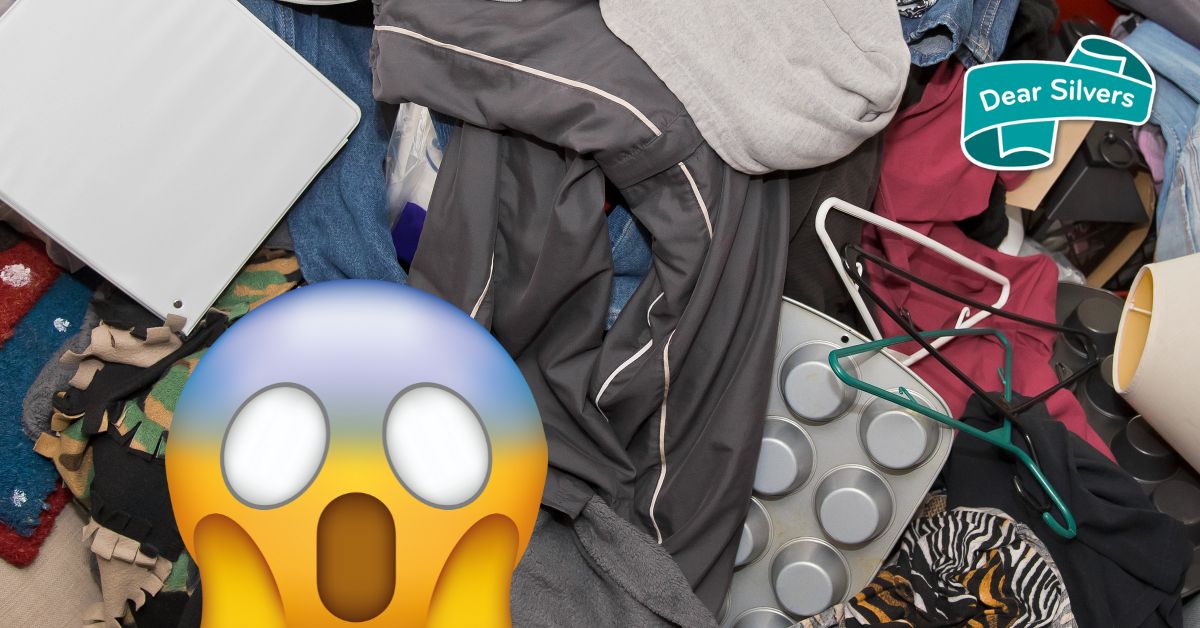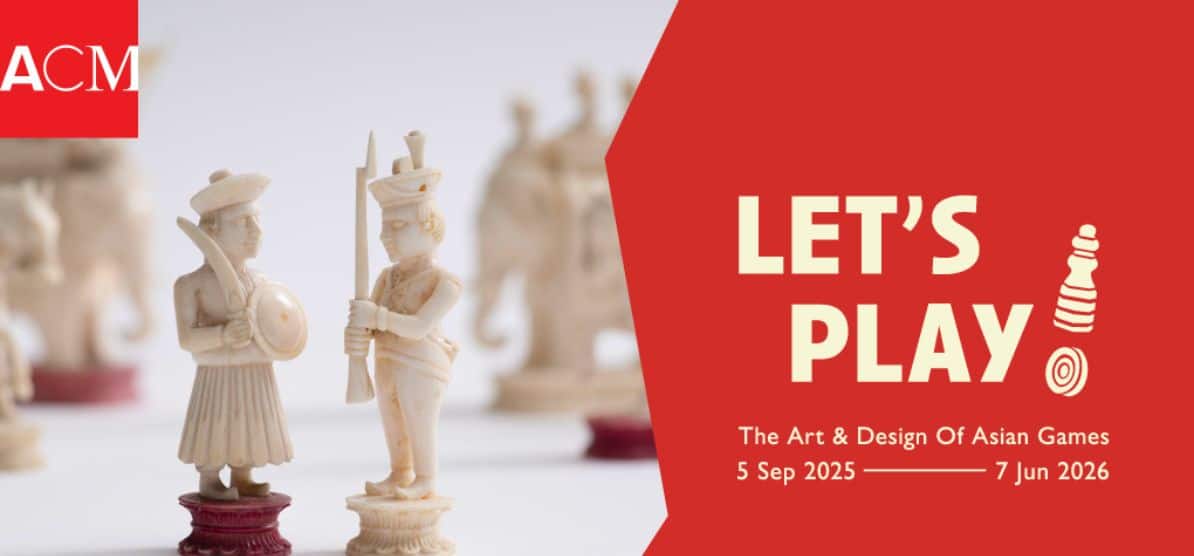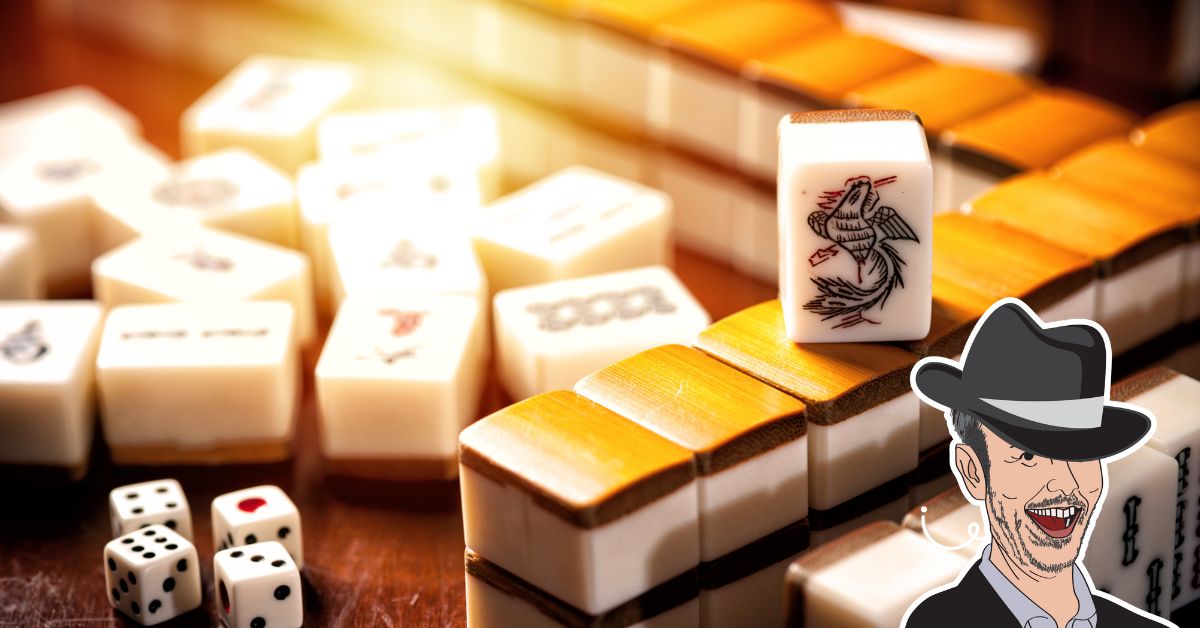
During a recent work event on a cruise ship (yes, really), a staff member provided a guided tour of the vessel. The swimming pools, gyms, restaurants and buffets were all introduced, accompanied by that giddy hum of holidaymakers.
And then we passed the mahjong tables.
You could’ve heard a pin drop. You could’ve heard a mahjong tile drop, too, but that never happens, for fear of being taken outside and shot for such an indiscretion.
Apart from the rhythmic shuffling of the mahjong tiles, there was only silence and the occasional glare from an auntie when I inadvertently strayed too close to her table.
We don't go near them when they are playing,
my staff member friend whispered.
"We don't want to disturb them."
He was speaking as if standing beside the lion exhibit at the Singapore Zoo.
Advertisement
Why? What will happen?
I wondered.
His facial expression was a bemused mix of horror and contempt, as if appalled that a) I obviously didn’t know what would happen and b) the consequences presumably involved some kind of organ removal inside a medieval torture chamber.
His body language and swift exit made the Fight Club-like rules abundantly clear.
What is the first rule of the Mahjong Mafia? You do not disturb the Mahjong Mafia.
What is the second rule of the Mahjong Mafia? You DO NOT disturb the Mahjong Mafia.
And yet, I became strangely addicted to their schizophrenic behaviour and their sudden switch from sweet aunties to The Sopranos. By day, they’d attend my storytelling sessions with their grandkids, eagerly clapping along and posing for family selfies. By night, they’re one glare away from having someone “take care of me” behind the dustbins.
One evening, I made the mistake of waving at a lovely auntie who’d attended an earlier talk of mine, but she was now sorting and sequencing her mahjong tiles. She gave me a look that suggested I would almost certainly wake up with a severed horse’s head in my bed.
And honestly, I love it. The swaggering confidence, focus and authority among seniors at a mahjong table is a feast for the senses, like watching a gathering of world leaders at COP29. The only difference being, things actually get done at a mahjong table.
The power of Mahjong
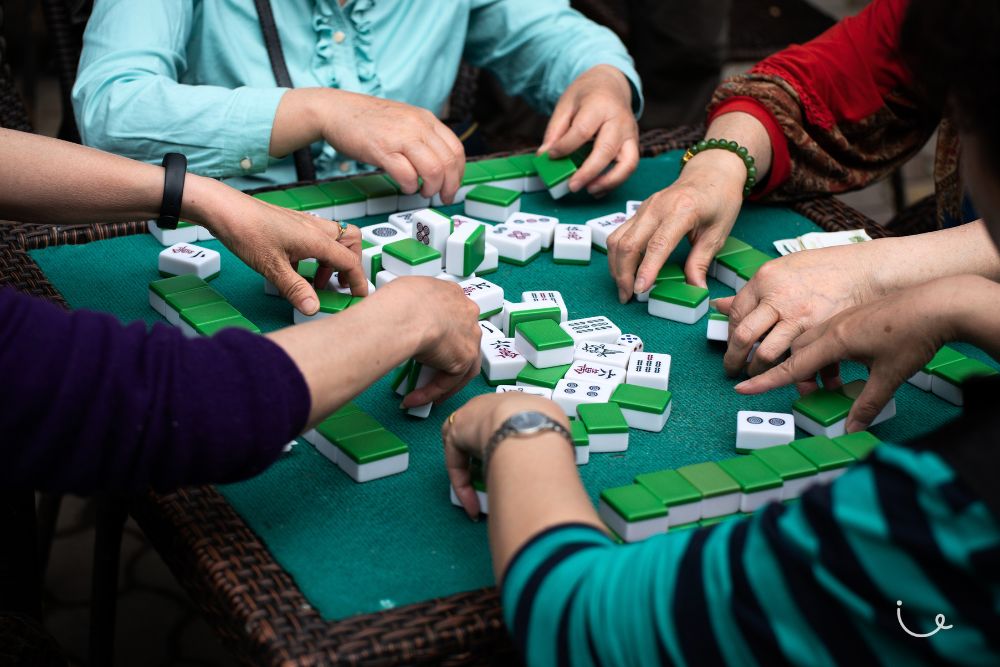
The setting offers a fascinating anthropological study. Away from the mahjong table, seniors can be patronisingly dismissed as a grey, homogenous block known as the ‘ageing population’, taking up space and generally getting in the way of everyone else. But seated in those four chairs, they are vibrant, alive and in total control of their surroundings. It’s a treat to behold, especially at close quarters.
Recently, this kiasu father wanted to improve his daughter’s Mandarin and knew that immersion really is the only way to master a second language (especially one with four tones). My daughter’s Chinese great-godmother is fluent in Mandarin, loves mahjong and adores my daughter. You can see where I’m going with this.
Within moments of setting up the mahjong tiles, it became apparent that my daughter’s great-godmother didn’t adore my daughter as much as she adored her mahjong tiles.
Our great-godmother was also a member of that secret society. The Mahjong Mafia. Like the kid from The Exorcist, she became possessed as soon as the tiles were shuffled, making it clear that my daughter had no chance of passing her next Mandarin exam, unless every question required her to write, “Don’t talk, just play.”
The Mahjong Mafia has little patience for small talk.
My daughter also made the mistake of checking an opponent’s tiles, just for guidance, but the appalled looks around the table suggested she’d broken into their flat over Chinese New Year and stolen all the ang baos.
The Mahjong Mafia has little patience for their tiles being touched.
The only other instruction my daughter heard a lot was “kuai dian, kuai dian” (“faster, faster” in Mandarin).
The Mahjong Mafia has little patience for slow play.
In essence, the Mahjong Mafia has crafted its code of conduct from the Elvis song, A Little Less Conversation (a Little More Action).
Nothing gets in the way of the game. Indeed, as a casual observer, had I keeled over with heart failure and landed on the mahjong table, I’m pretty sure our great-godmother would’ve come to the rescue (of the mahjong tiles), swiftly resuming the game to ponder her next move.
Mahjong for all ages
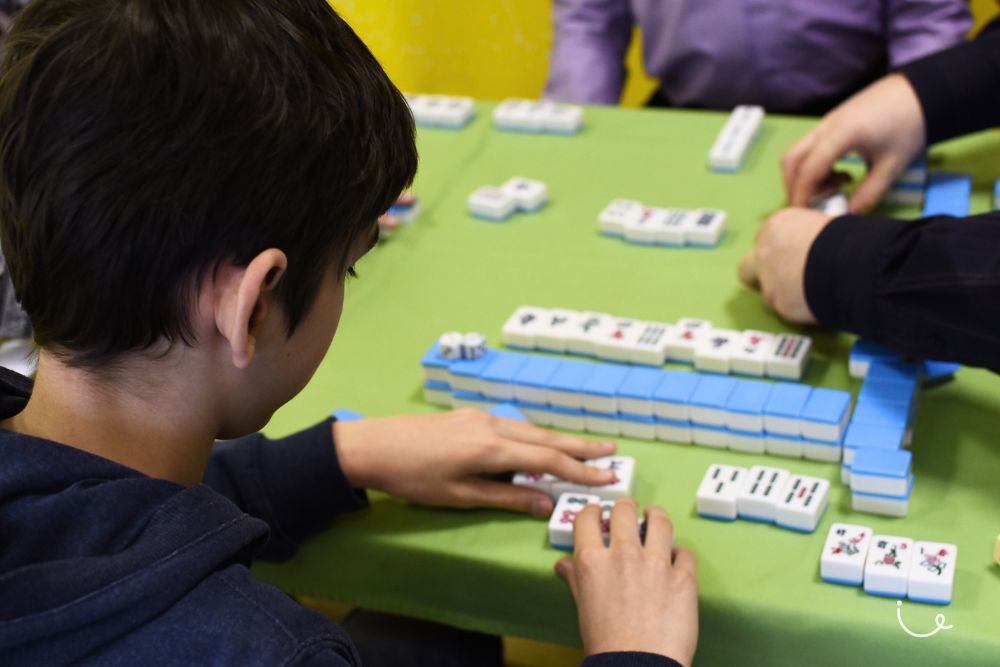
But the intergenerational bonding is priceless, making mahjong so much more than a game. With fragmented and diverse interests within specific generations, let alone others, we must cherish every opportunity to nurture relationships between the young and the less young.
(I’m not calling anyone in the Mahjong Mafia ‘old’. They know where I live.)
Back in April, the National University of Singapore and Queenstown Secondary School organised games of mahjong between seniors and teenagers in a bid to address the negative aspects of ageism.
The kids learned how to play mahjong and the seniors presumably learned about the latest Instagram posts from influencer Naomi Neo.
(Of course, I don’t know Naomi Neo. I just Googled ‘top Singapore influencer’ in a feeble attempt to get down with the kids. I’d be better off learning mahjong.)
But the NUS project, which worked with two active ageing centres in Queenstown, involved coming up with “sustainable intergenerational bonding activities”, which is an academic way of saying, ‘find more stuff for young and old people to do together’.
Mahjong is certainly an upgrade on the dirty jokes I used to swap with my late grandmother.
But there was something sincere, and rather poignant, in watching my daughter learn to play simple Mahjong. It’s a passing of the baton, not only from one generation to another, but one culture to another in this instance, from great-godmother to goddaughter, from auntie to ang moh. Why would we not want to encourage these treasured interactions?
Nothing will make me prouder if, one day, my daughter sits down with her youthful, wide-eyed descendants at the mahjong table and tells them to shut up and play.

